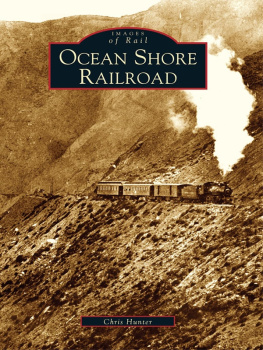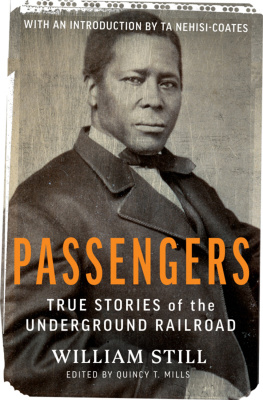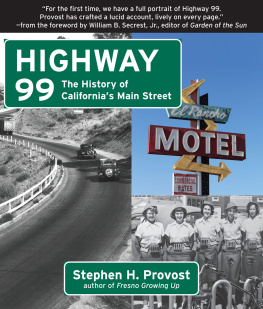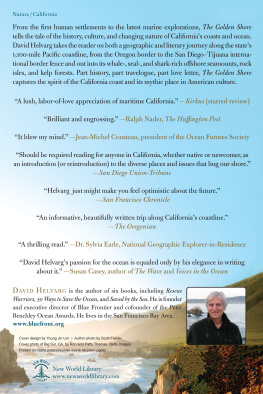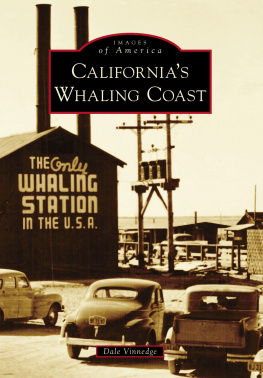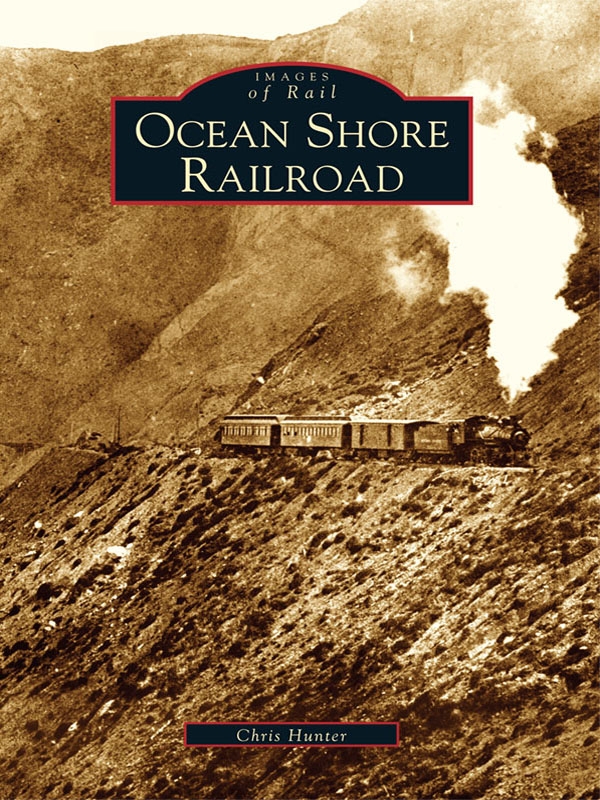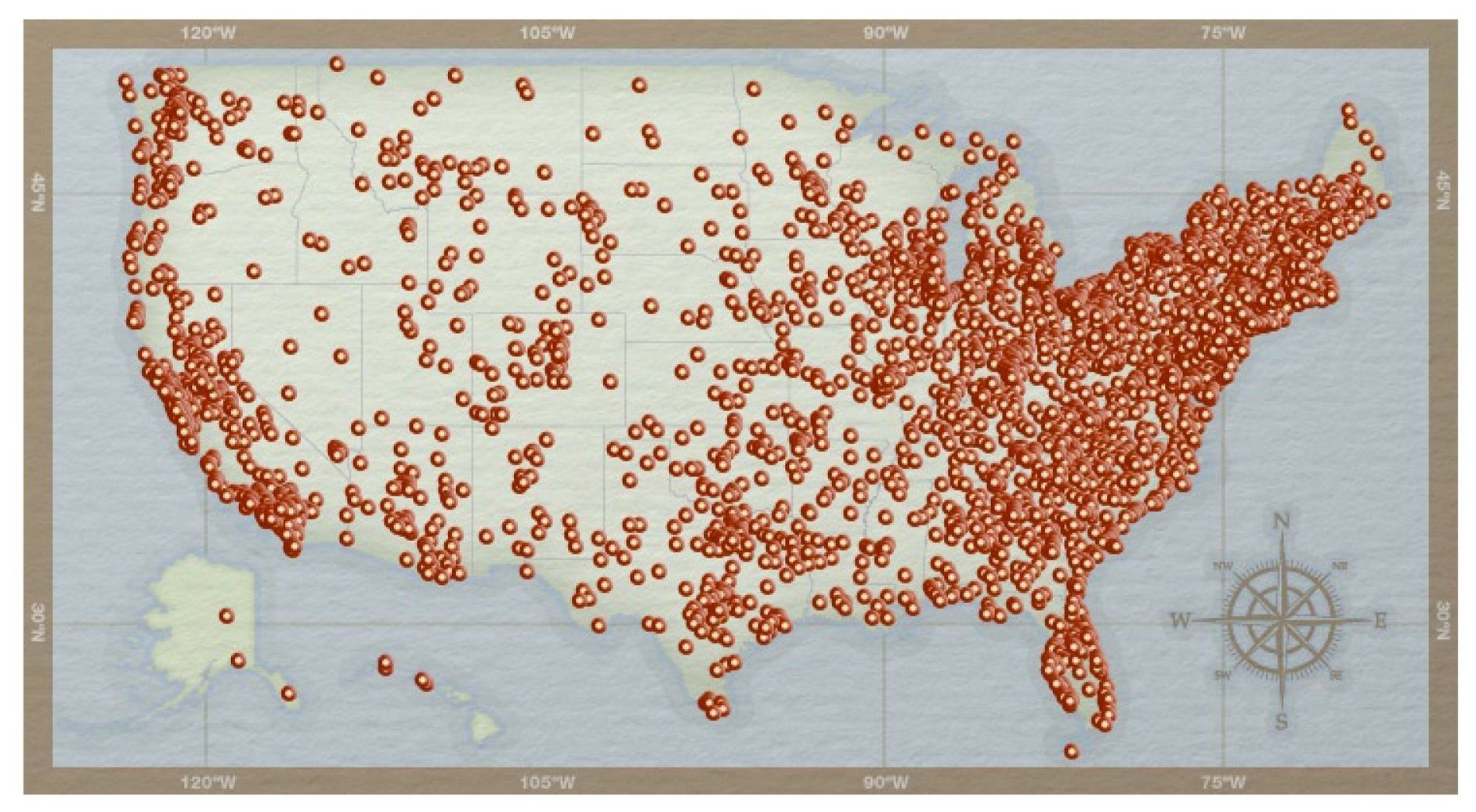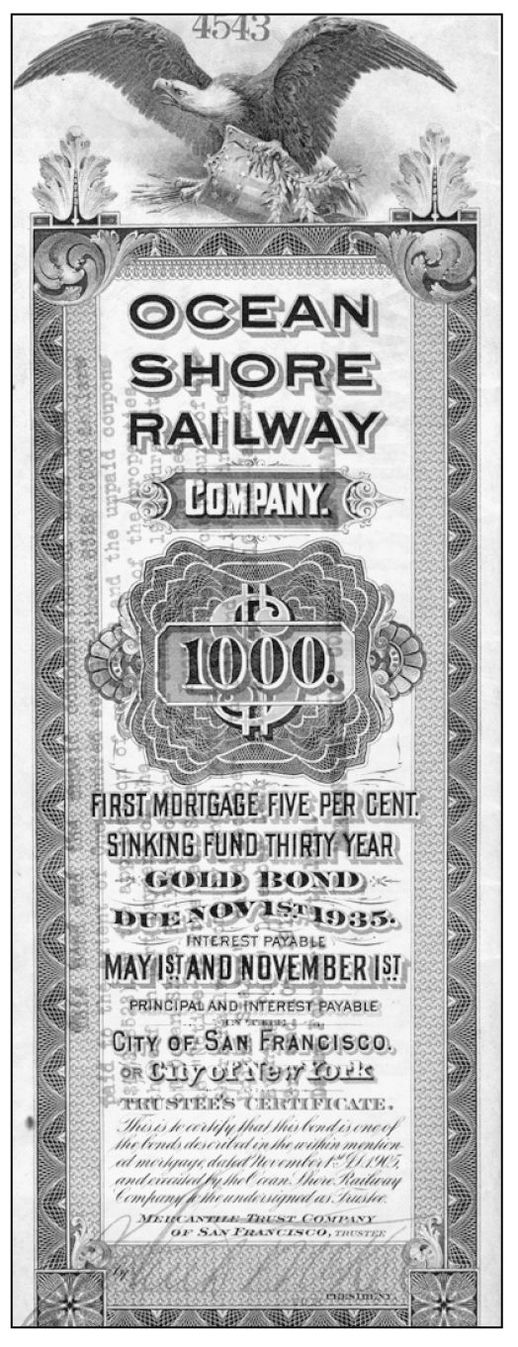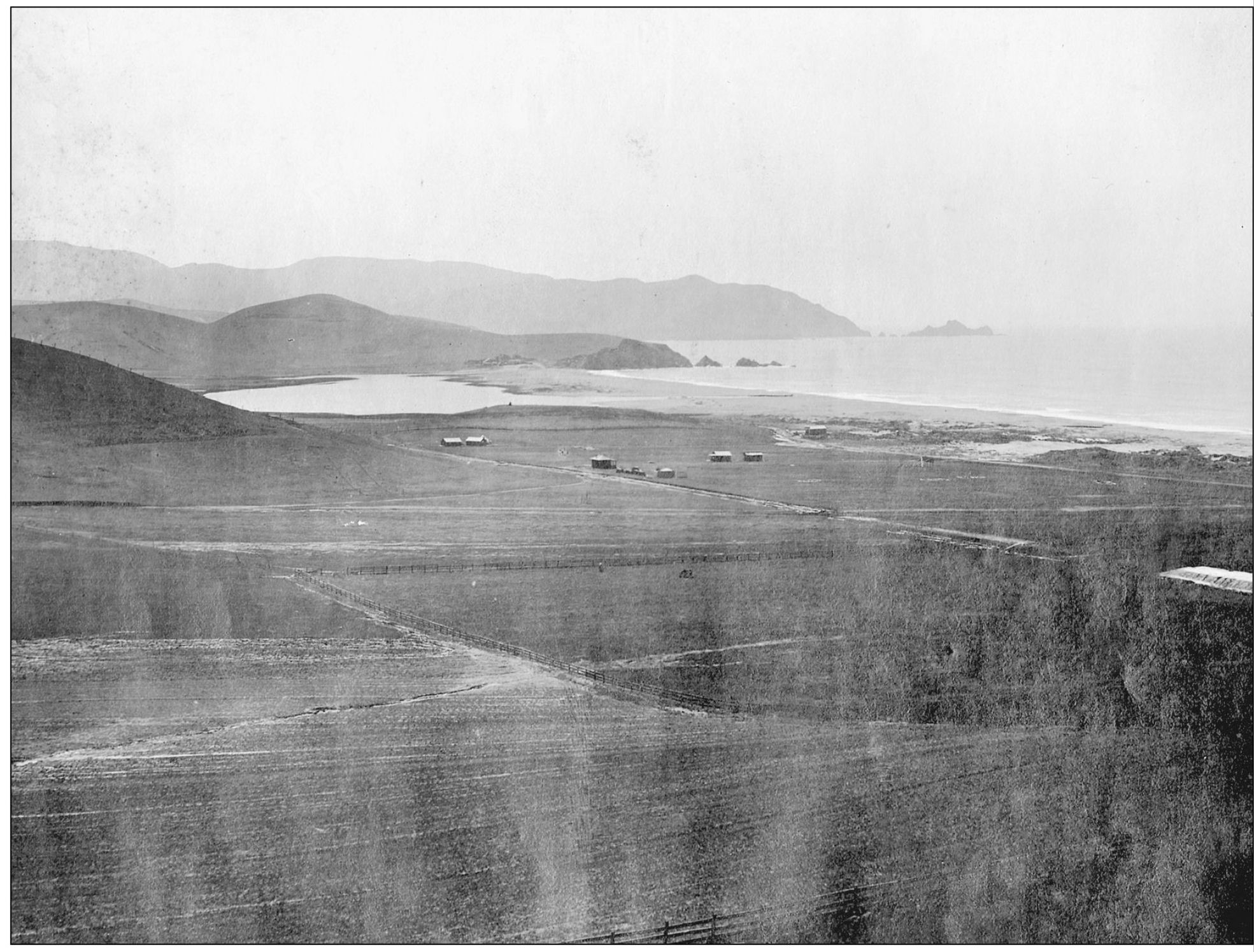ACKNOWLEDGMENTS
Many people love the Ocean Shore Railroad for its historic qualities. Newspapers and magazines often focus on its brief life, repeating the same stories and republishing the same handful of iconic images. This compendium of information is no less an homage to what was the spirit of the Ocean Shore.
The amazing support and helpfulness of Danilo and Armando Vargas, twin brothers whose professional model building expertise led to their own infatuation with the Ocean Shore Railroad, helped make this book possible. The author thanks them for their good-natured support. It is through their good graces that the Ocean Shore collection of the late Ted Wurm as well as Will excellent photographs can be shared.
In some small way, this book is a tribute to Ted Wurm, whose father and mother both worked for the Ocean Shore Railroad and who became a railroad historian himself, writing other books about other railroads. He never got around to writing about the railroad that was the most personal to him, so this book is also for Ted, with enormous gratitude and respect.
Equally important is the photographic contribution of Will Whittaker, whose love of the Ocean Shore is only rivaled by the late Ted Wurms. Others have spent decades keeping the memory of the Ocean Shore alive. John Schmale is not the least; his more than three-decade long love affair with the railroad encompasses a vast collection of information.
The Last Whistle is the king of Ocean Shore books. Jack Wagners meticulously researched and documented history of the Ocean Shore Railroad, long out of print but still dominant in any discussion of the railroads history, is owed a debt of gratitude for this and most other references to the Ocean Shore. Randolph Brandts Reaches the Beaches pamphlet was also of invaluable assistance, filled with tidbits about locomotives geared for the Western Railroader magazine crowd. The extensive San Mateo County Historical Association and Museums archives were extraordinarily helpful in providing details.
The Pacifica Historical Society, particularly the late Paul Azevedo and his wife Lydia, were extremely helpful in their support, providing access to clippings, videos, and photographs. Kathleen Manning, a co-president of the Pacifica Historical Society whose Prints Old and Rare store in Pacifica is a wonderland of historical memorabilia, was an enormous help in preparing this collection. Through Kathleen, the use of the Ocean Shore pictures of Jim Bell was made possible. Thanks also to Elizabeth Sor and the Pacifica Library. Hal and Barbara Ash of Ashs Vallemar Station restaurant still provide the public with an opportunity to enjoy a real Ocean Shore Railroad station, complete with photos and the models built by the Vargas brothers. The archives of the Pacifica Tribune also were enormously helpful.
The author apologizes for any slight or unintentional oversight created by an overzealous effort to capture the spirit of a bygone era. This book is an attempt to pay tribute to a little railroad that existed for a brief time in the early years of the 20th century. Perhaps the story will bring a smile to readers as it has to the author and so many others who love the Ocean Shore Railroad.
THE MYSTERY OF THE PEDRO POINT TUNNEL
The Ocean Shore Railroad drilled and blasted its tunnel through the western edge of San Pedro Mountain because the landscape there made it impossible to simply continue a ledge around the narrow Pedro Point. A remarkable feat in itself, as outlined earlier in this book, the construction of the 400-foot tunnel was simply part of the overall effort to lay tracks along the coastal bluffs and cliffs leading south to Half Moon Bay and Santa Cruz.
When the Ocean Shore ceased functioning in 1920, the tracks were torn up and the engines sold. But the tunnel itself continued to exist as a reminder of the grand railroad plans.
Unfortunately, or understandably, an abandoned tunnel on the San Mateo County coast, especially during the Prohibition years of the late 1920s, became a perfect hiding place for bootleg alcohol. With relatively safe mooring areas near Pedro Point and the beach at the foot of San Pedro Valley, it was fairly easy for pirates and rumrunners to stash cases of illegal alcohol in the abandoned tunnel. It became so commonplace and and such a well-known hiding place that eventually federal agents, weary of battling bootleggers over the tunnel, simply blew up its two entrances, sealing forever the hiding place.
Folks growing up in the area remember clambering through tiny open spaces and telling stories about cases of treasure sealed within the tunnel. Whether that is true or not is unclear. There is no documentation of it being haunted or the site of entombed pirates or whiskey. The tunnel was most likely emptied before being sealed, but the stories continue to be told of the Pedro Point tunnel and its mysterious life after the Ocean Shore Railroad.
Find more books like this at
www.imagesofamerica.com
Search for your hometown history, your old
stomping grounds, and even your favorite sports team.
One
A COASTSIDE DREAM
San Francisco in the 1800s, much as it is in the 2000s, was the dominant metropolitan area for Northern California. Think back to 1849 and the discovery of gold, then jump to the dot-com boom of the 1990s. The importance of San Francisco as a financial hub, cultural capital, and influential city is remarkable.
Sitting on the tip of the San Francisco peninsula, the city has always looked south, north, and east for its suburbs. Even as those areas blossomed into cities in their own right, San Franciscos influence continued. San Jose to the south, anchoring the lower part of the San Francisco Bay, has only recently surpassed San Francisco in population, but it will probably never rival the northern city in prestige or popularity.
Back in the days when San Francisco was the most significant city west of the Mississippi, its domain encompassed just about all of the land on the peninsula, all the way south to San Jose. However, it maintained a clustered and dense boundary, leaving itself congested while much of the peninsula remained a holiday resort for the wealthy. The mansions of Hillsborough, Woodside, and Atherton began as holiday homes for San Franciscos elite.
Serious efforts to create a railway that would serve the coastline began in 1905. J. Downey Harvey was the mastermind. He was joined by J.A. Folger, whose family had already established a coffee empire, and Horace D. Pillsbury of the prominent law firm of Pillsbury, Madison and Scott. These men were intent on bringing to life a modern, rapid transit dream. On May 18 of that year, they incorporated and the Ocean Shore Railway came into conceptual existence.

